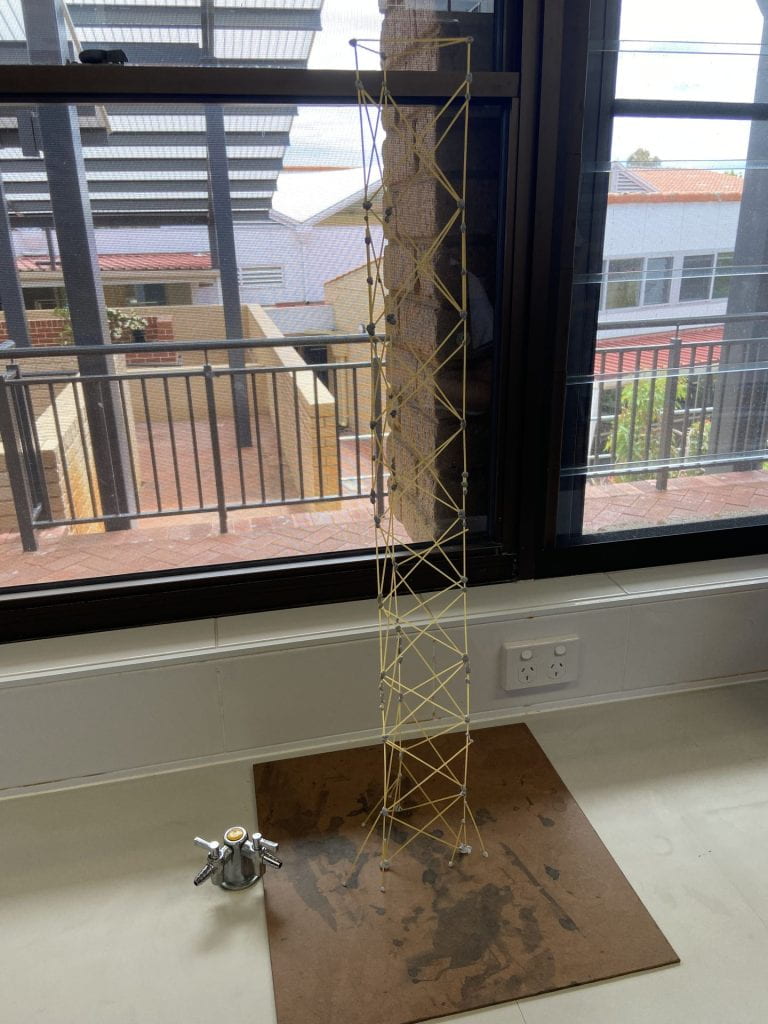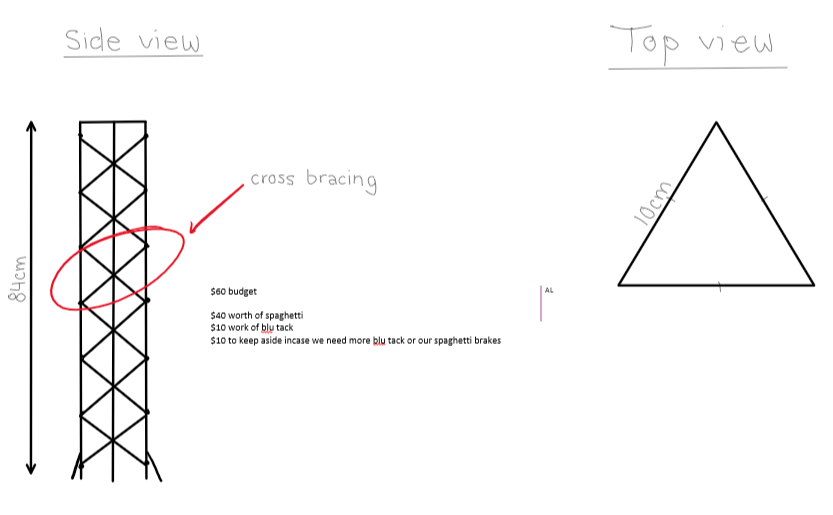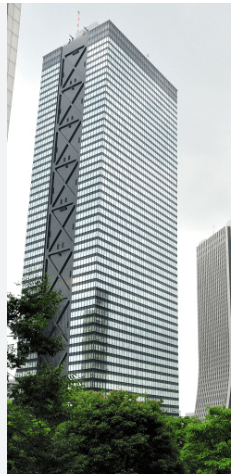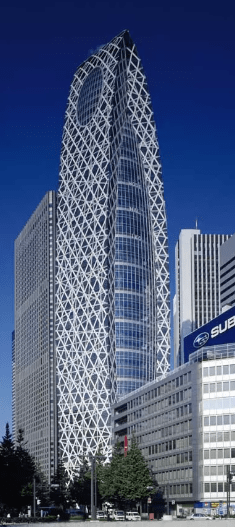
The spaghetti tower project was a challenge; we were placed into groups and had to create a tower made from spaghetti that had to fulfil a specific set of requirements. These requirements were that the building had to be over 60 cm tall, have a base smaller than 30cm by 30cm, have a 5x5cm platform and can remain standing for at least 10 seconds and does not exceed a budget of $60 (Pasta being $1 a stick and blue tack being $1 a gram).
My group consisted of Kanin, Zoey, Amelia, and me. We opted for a design consisting of cross-bracing a tower as our research pointed to this as the strongest and most common design feature of the earthquake-resistant building. We decided to test this design idea on a smaller scale by creating two small structures, one reinforced with cross braces and one regular structure, with the regular structure falling apart instantly and the cross-braced one surviving with little shaking. We then refined this design slightly and got no shaking which proved that cross bracing worked on pasta and as a result, we selected it as our main earthquake-proofing method for our tower.

Our tower was pretty successful in the end, standing at a massive 84cm and having very little shaking thanks to our cross-bracing. We only spent 3/4 of our budget and fulfilled the other two requirements of a 5x5cm platform and a base not exceeding 30x30cm with our triangular base being 1/3 of the maximum size. We were able to last the full 10 seconds for both P and S waves. This success was mainly due to our cross-bracing and our group’s time management allowing us to test our theories and be able to have time to alter our plans if we needed to.
One thing we began to notice was that over time our tests began to wear down the cross-braces which made the tower begin to lean slightly and some braces begin to flex slightly. To fix this we could have added some more blu tack or reinforced the braces with more pasta or smaller and more braces to distribute the weight of the tower more evenly and more spread out which would create a more stable structure. The blu tack would only hold the pasta up for slightly longer before a more permanent solution could be found. We could have reinforced the cross-braces with more pasta but at the time we did not notice the weakening of these braces, which is the one major drawback of the cross-braces. They did too well at absorbing and hiding the shock of the earthquake until a handful began to crack and come loose from the blu tack.

Cross bracing is one of the most common designs for earthquake buildings. This is because of how effective they are when paired with the right materials and how easily they can blend in with a building. Other earthquake-proofing methods typically remove floor space for these measures when compared with cross-bracing, such as the pendulum method which involves emptying several floors in a building to construct a heavy and big pendulum in its place. This method maximises usable floor space while still being very effective in buildings. They can even be used as something to catch a person’s eye such as the building below which features them heavily. The reason why cross-bracing works so effectively is because one brace absorbs the tension of an earthquake while the other one compresses to help balance the forces out.

The reason why we have to specially engineer earthquake-proof buildings is that if we as a human race want to continue to expand, we need to be able to defend ourselves against mother nature. We may not be able to stop an earthquake but we can certainly minimize the damage of one when they happen. If we compare Japan and Nepal we can see what happens when you don’t create earthquake-proof buildings and when you do create them. In 2015, there was an earthquake with a magnitude of 7.6, as a result of poor building codes and not creating buildings made to withstand earthquakes nearly 9000 people died, with a further 22,000 injured. In March of this year, an earthquake struck Fukushima, it was a magnitude 7.3 with four people dying as result. You can see that when you design structures well, you can mitigate the death toll and damage of an earthquake, and this task was trying to teach us this.